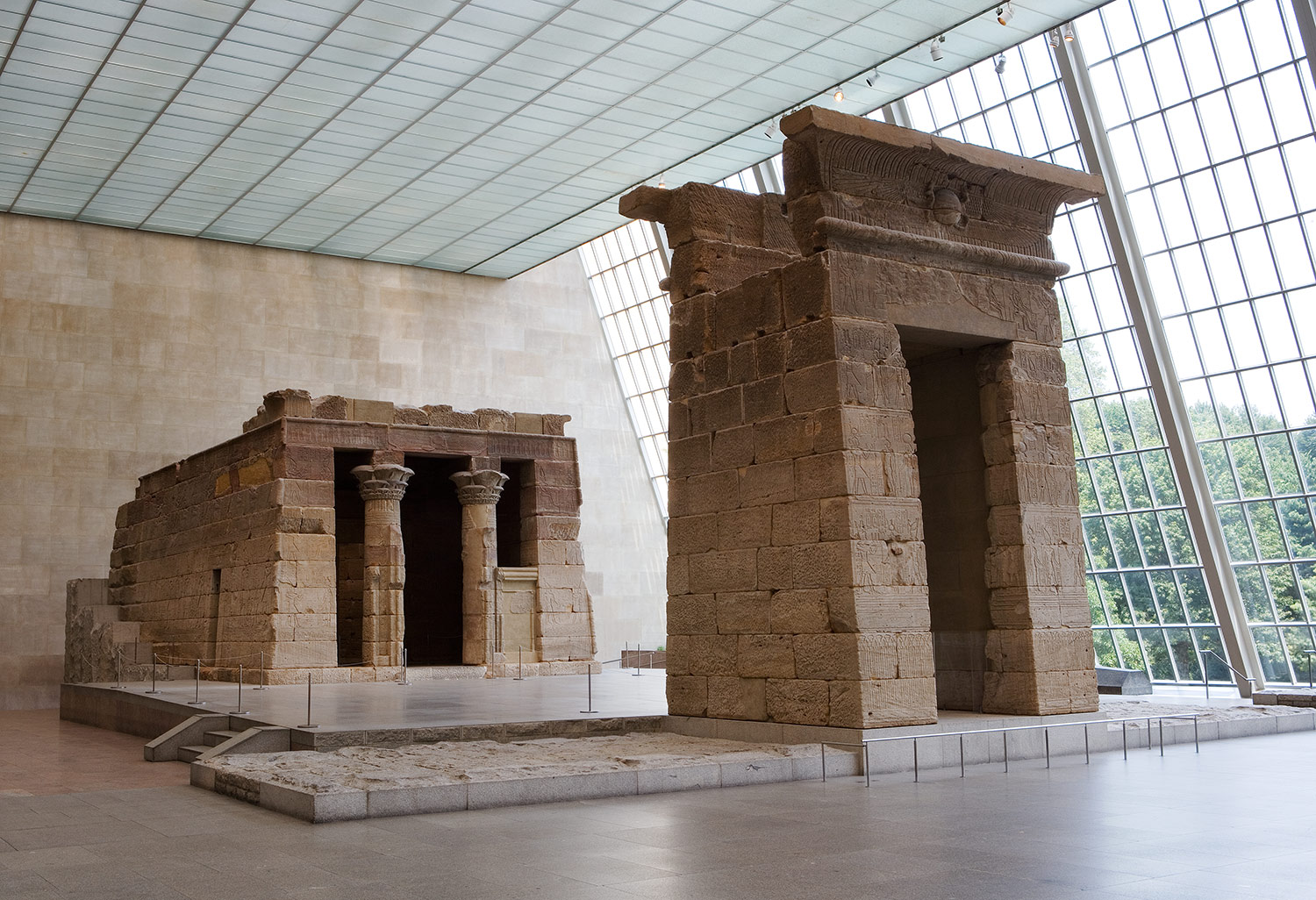For the last few times I've facilitated and taught an online class in Art History, I've been thinking a lot about how the display of art in Museums works on us as audiences -- particularly Egyptian art. I'd spent some time in Cairo about 15 years ago, and noticed that while the museum there is very impressive, so much of the best known works aren't there, but instead have been scattered across museums in Europe. And they have been for several centuries. The Egyptian collections in Rome go back way before 19th century colonisation.
Not to say that many of the collections of Mesopotamian and Egyptian art held in Europe weren't straight up demonstrations of imperial power. (the Egyptians and Persians did the same thing at their heights)
Which contrasted so much with the more formal elements common to Egyptian Art:
I was struck by how even at it's more formalised, the Neues Museum in Berlin had chosen to show off the more realism-driven side of Egyptian art -- probably because it lined up with something they culturally valued when the museum was originally built in about 1850, and is still a deep part of thier culture as a modern, multi-cultural city. Without a doubt, the most famous example, that's almost become a icon for Berlin is the bust of Nefertiti. (photographs weren't allowed, so here's a link)
The artwork resonates so well with the city, that they created a 'Vegas-style' laser-show with
acrobatic dancers based on it. (really, not kidding)

And as silly and cliche as it is, it shows how museums (and art history) can have a profound effect on the broader culture. This is where we go to learn about form, theme and content, but it's also where we go to learn about our connections to earlier cultures -- and that we take these artworks and continue to make new artforms based on the forms, themes and content that resonate with us. The museum in Rome is focused on the abstract formalism of beauty (early dynasty art), the museum in London on the writing (Rosetta stone), in Berlin on realism of Beauty (Nefertiti bust), in New York on the architecture (Temple of Dendur). While each of these museums has a representative collection of artifacts, their place in time and culture highlighted something that resonated with the people there. That's why travel is such a great way to educate yourself.
A city of architecture and a city of words:


Aside from out global multi-media Internet, we still see the vast majority of the art we experience in galleries, salons and art museums. This is an incredibly important part of the context of each of the artworks we view. Museums have been with us for at least 2,500 years, but their position in society has changed; it continues to change in our fast-evolving and hybridising media-driven world. I believe that they will become increasingly important as we become more of a virtual society. The ability to visit a place in real-time, and real-space will become more and more important. In many ways, museums help us return to the real.
No comments:
Post a Comment